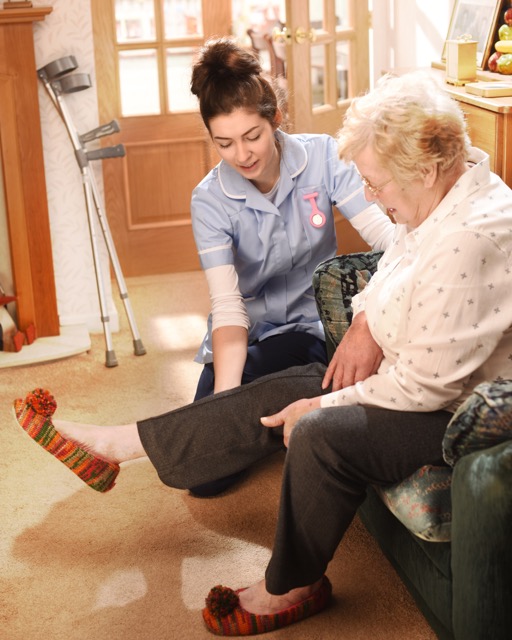Knowing signs and symptoms of sarcoma cancer
3. Soft tissue sarcoma referrals
Sometimes patients may have an unclear history of injury. It's important to be cautious when the history and examination findings don't match up, such as a large bruise without a clear cause or a growing swelling despite treatment for a blood clot. In these cases, an ultrasound can be a helpful first step in investigating further. If concerns persist, it may be necessary to refer the patient to a specialised centre for diagnosing soft tissue sarcomas.
It's worth noting that the accuracy of ultrasound can depend on the operator. Reports that are unclear, such as “appearances suggestive of lipoma but a sarcoma cannot be excluded” are common but unhelpful. In such situations, it's important to be clinically aware and look for worrisome signs, like rapid growth or recent changes. If these signs are present, it's advisable to refer the patient directly to a sarcoma diagnostic centre rather than relying on a referral from a general practitioner.
It's important to know that not all soft tissue lumps are cancerous sarcomas. Benign lumps are about 100 times more common than malignant ones. However, some benign lumps still require management at a sarcoma centre. The safest approach is to refer patients with lumps that are both "big and deep." Additionally, consider referral if there are functional issues or ongoing clinical concerns related to the lump.
